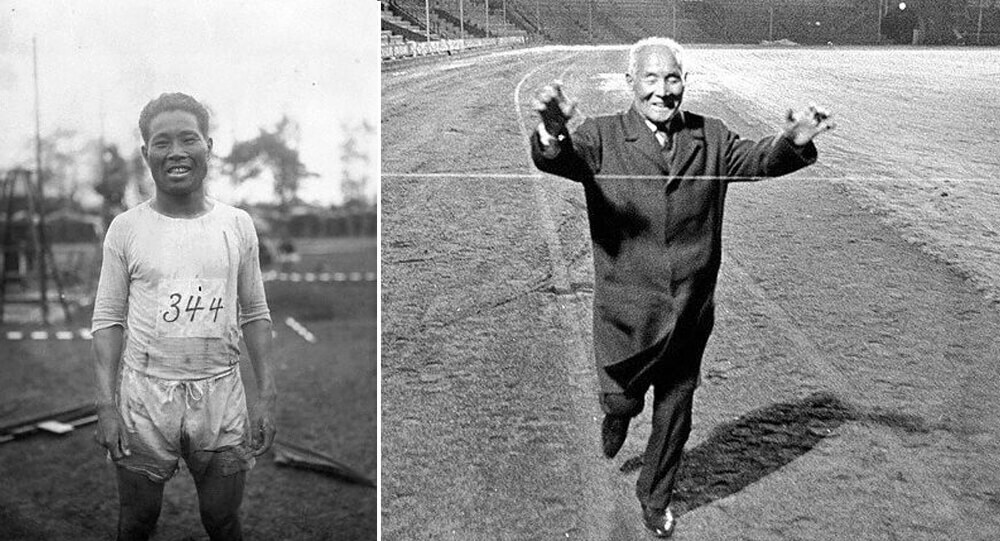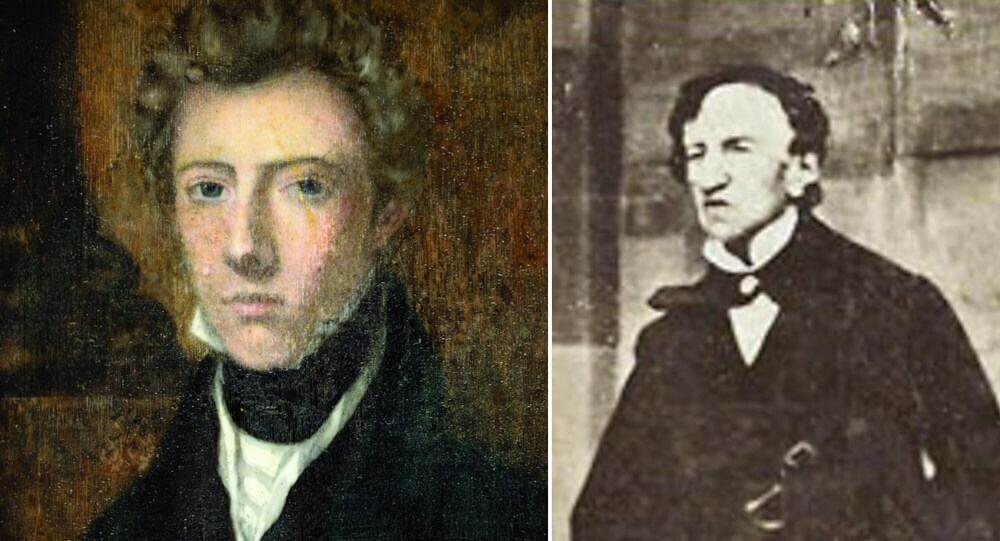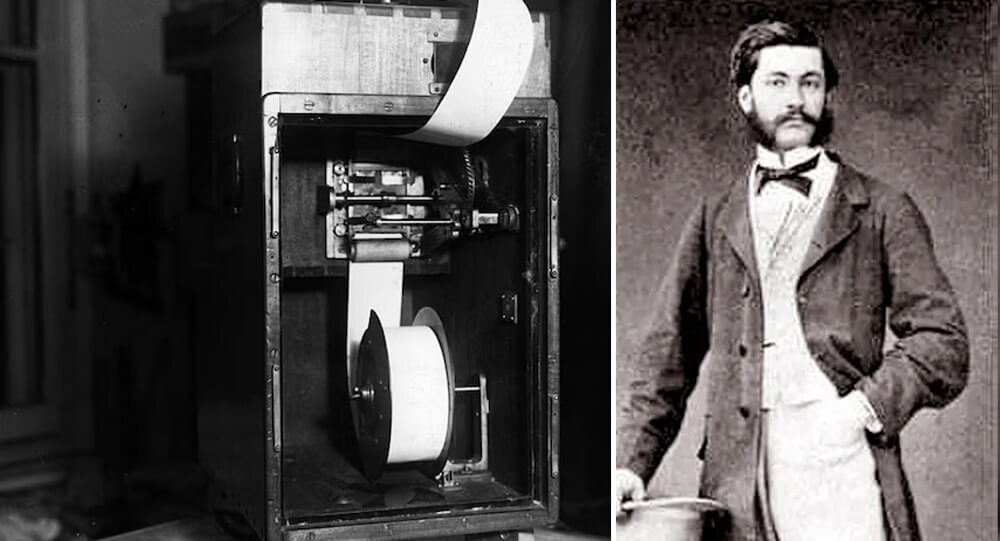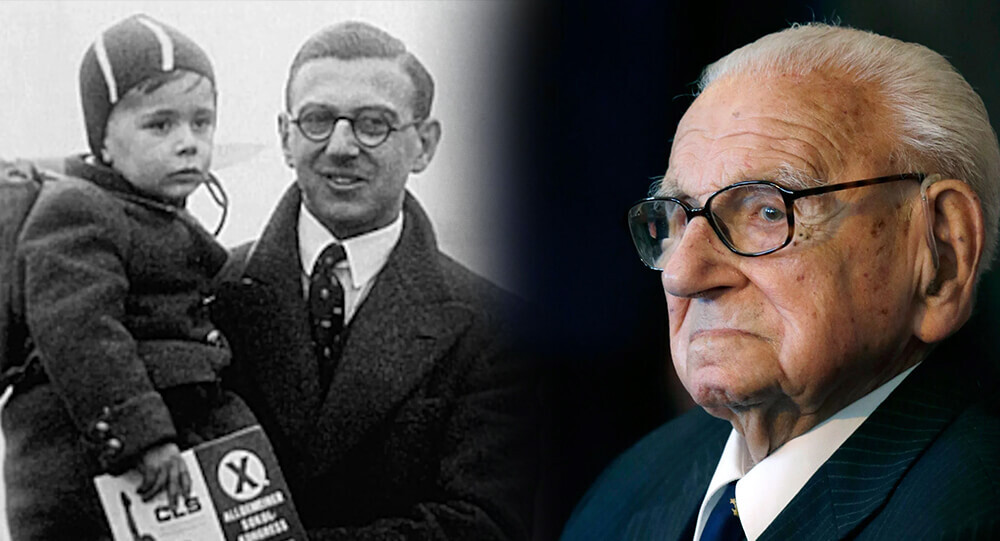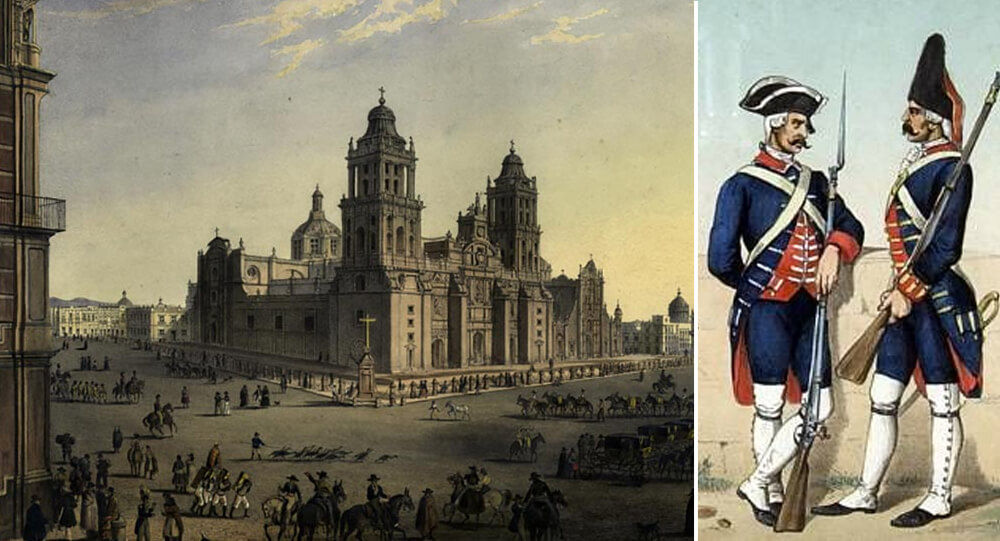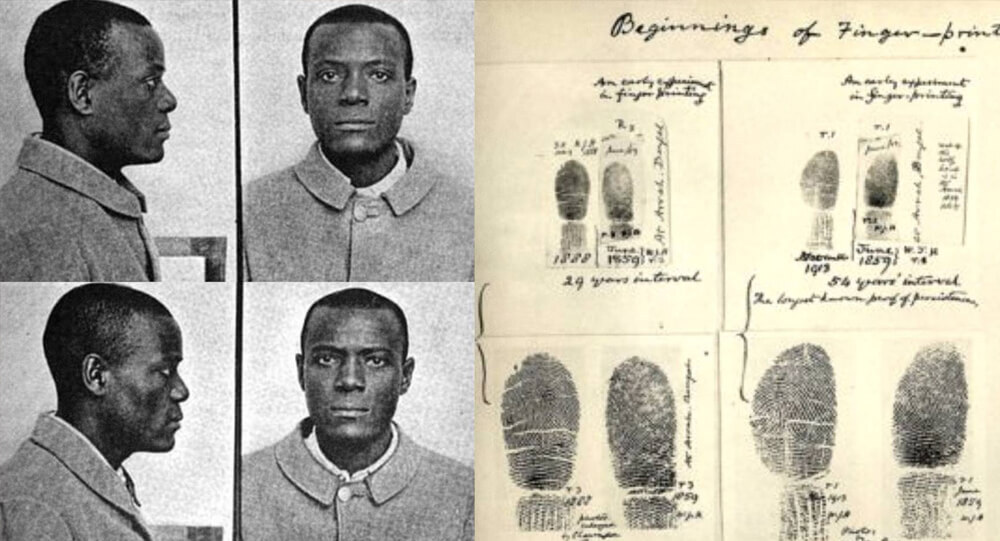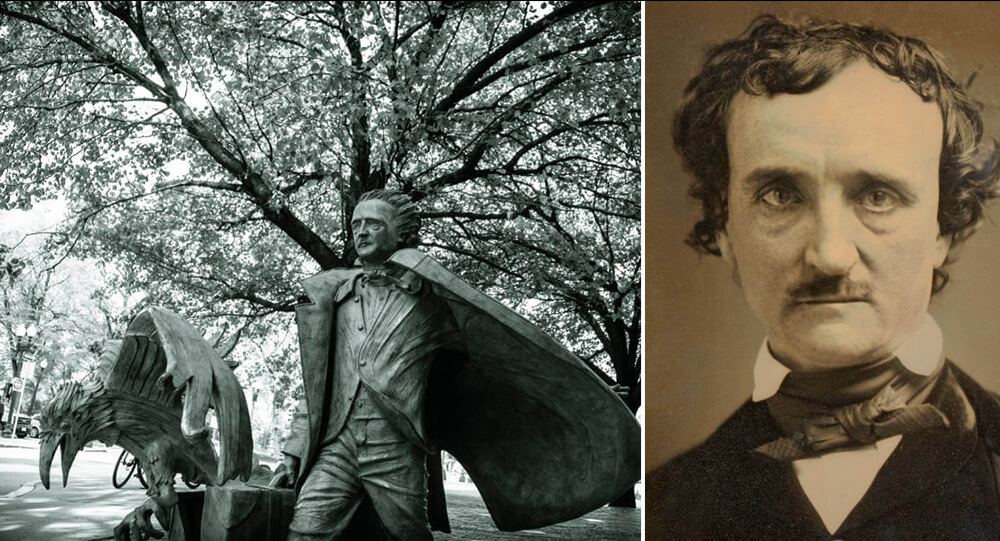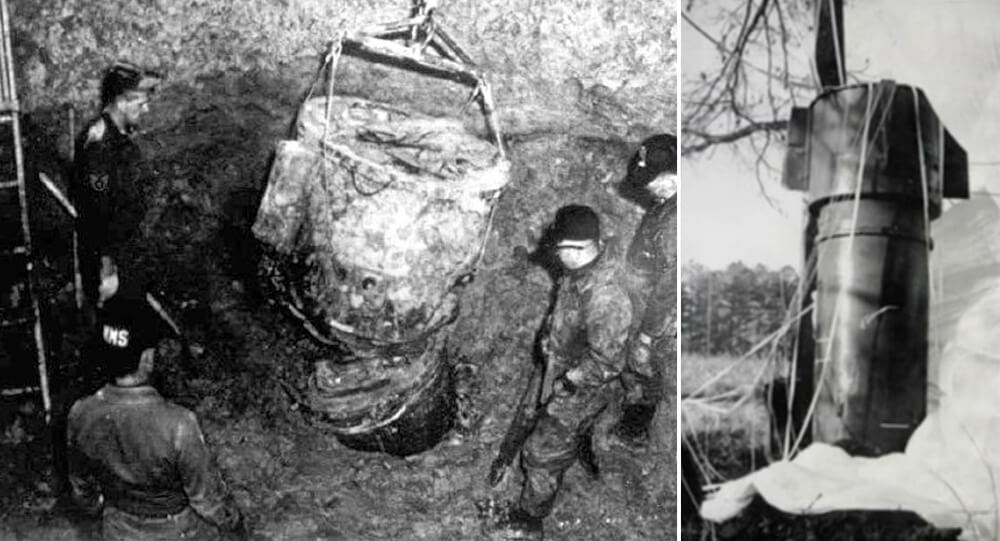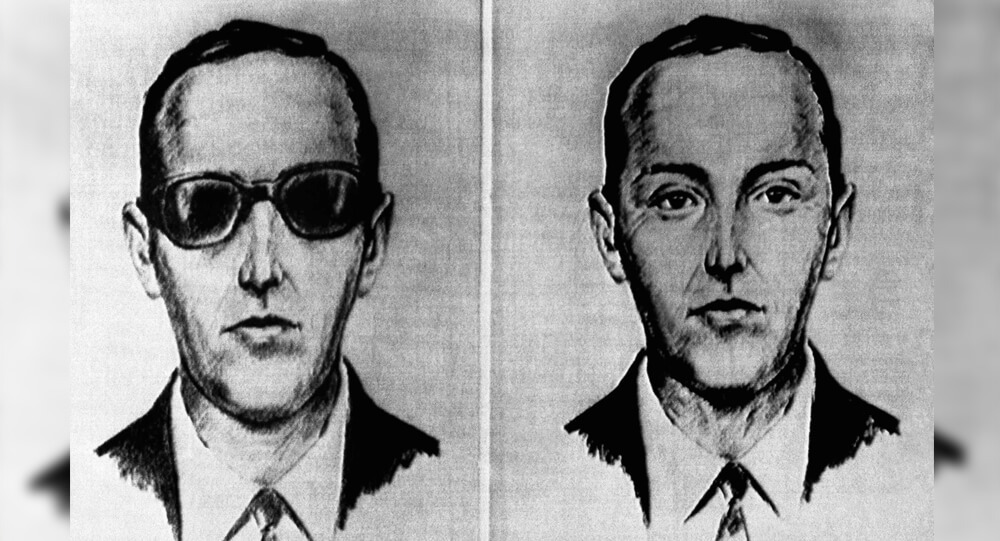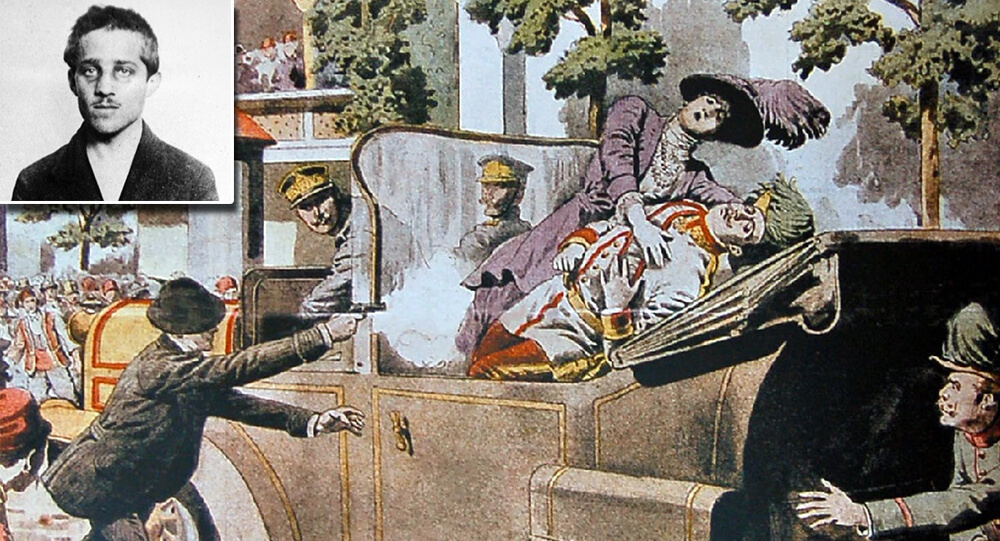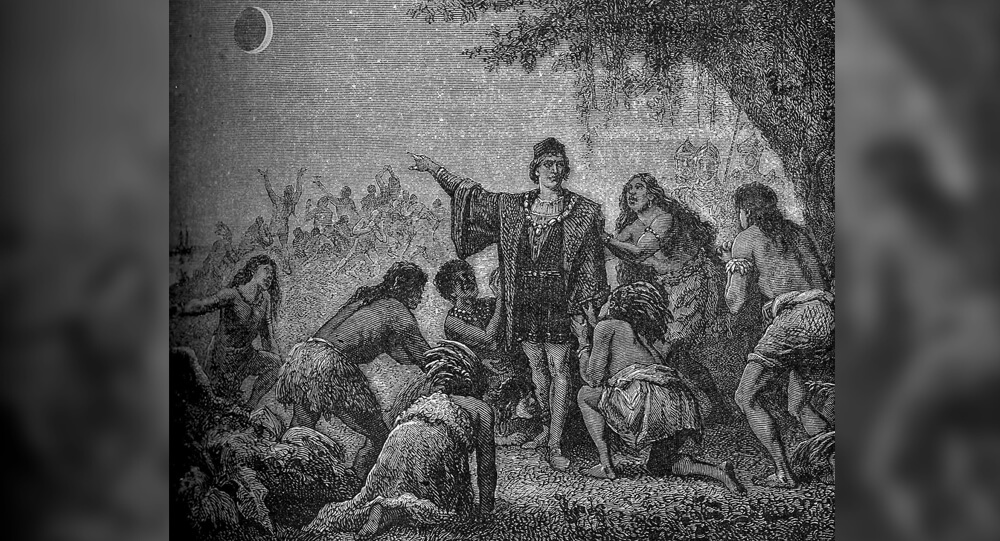
In 1502, the renowned explorer Christopher Columbus, who is credited with discovering the New World, set out on his fourth and final voyage in the hopes of discovering a western route to Asia. This expedition, however, proved to be his most difficult and ultimately brought about an unexpected turn of events. Columbus and his crew encountered difficult conditions and uncertainty while stranded in Jamaica during their journey. In an amazing turn of events, a lunar eclipse was crucial to their survival. This article explores the fascinating tale of how Christopher Columbus ended up stranded in Jamaica and how he cunningly used the impending lunar eclipse to bargain his way out of this precarious circumstance.
Christopher Columbus’s Stranded Voyage to Jamaica
Ah, the story of Christopher Columbus, the traveler who accidentally discovered America and forever altered the course of human history. What about his less well-known exploits, such as the time he got lost in Jamaica? Yes, it appears that even renowned explorers occasionally find themselves in a sticky situation. Come with me as we examine the events leading up to Columbus’s fateful encounter with a lunar eclipse on his fourth and final voyage.
The Journey: Columbus’s Fourth and Final Voyage
Columbus set out on his fourth and final voyage in 1502, full of hope and a little bit of wanderlust. His goals were to find a western route to the Far East, amass wealth, and perhaps discover a few uncharted territories along the way. Columbus set out in search of glory with three ships: the unassuming-sounding but sturdy Santa Mara de la Victoria, the forgotten-sibling-of-the-Nia, La Capitana, and the tried-and-true Santiago. He had no idea what adventures awaited him.
Stranded in Jamaica: Events leading to the Eclipse
Imagine Columbus’ fleet arriving in Jamaica in 1503; they are exhausted and in need of rest. But alas, luck was not on the side of our brave explorer. The crew needed time to make repairs because the ships were damaged. Days became weeks, and then weeks became months. The crew soon understood they were stranded, and their worry quickly turned to desperation.
Being the resourceful man that he was, Columbus decided to engage in negotiation. By promising that their god would reward their generosity, he persuaded the locals to provide the necessities for his crew. Days again turned into weeks, and food became scarce. As they anxiously awaited word that they would be rescued from this beached purgatory, the crew and the locals’ patience grew thin.
The Superstitious Natives: Response to the Stranded Europeans
Columbus and his crew encountered a mixture of superstition and curiosity as they interacted with Jamaica’s native population. The natives initially viewed them with suspicion because they were unfamiliar with the presence of Europeans. While some perceived them as divine visitors, others thought they were cursed creatures who were to blame for their misfortune.
Ever the diplomat, Columbus used his charm and wit to win over the locals. Through his efforts, he won their confidence and eventually persuaded them to exchange their priceless supplies for insignificant trinkets. The locals were superstitious, but they were also shrewd negotiators, despite their superstition.
Columbus and his crew had no idea that a celestial event would drastically alter their situation. A lunar eclipse illuminated the Jamaican sky on the evening of February 29, 1504, giving the night a sinister glow. The superstitious natives rushed to give Columbus and his crew an abundance of provisions, thinking it was a sign from their gods, in an effort to win their favor.
Columbus and his crew said goodbye to their temporary haven in Jamaica and set sail once more into the unknown, their bellies full and spirits high. The stranded voyage had come to an end, leaving behind a tale of diplomatic skill, resourcefulness, and a dash of lunar good fortune.
But keep in mind that even the most accomplished explorers occasionally become stranded and reliant on the generosity of strangers and the whims of nature. Therefore, the next time you find yourself in a difficult circumstance, just remember Christopher Columbus and his lunar eclipse journey. Who knows, maybe everything will come together for you as well.
Columbus’s Ingenious Plan: Predicting the Lunar Eclipse
When Christopher Columbus and his crew got stuck in Jamaica in 1504, they had a difficult task ahead of them: persuading the locals to keep bringing them food and supplies. Columbus, ever the resourceful traveler, devised a brilliant scheme to astound and impress the locals: he predicted a lunar eclipse.
Columbus had access to almanacs that detailed celestial events and was well-versed in astronomy. He was aware that on February 29, 1504, there would be a lunar eclipse. With this information in hand, he approached the Cacique (chief) in the area and asked to meet with his council.
The Agreement with the Natives: Columbus’s Negotiation Tactics
Columbus took advantage of the upcoming lunar eclipse in his meeting with the tribal council. In retaliation for their lack of cooperation, he informed the council that he had the authority to cause the moon to vanish. He forewarned them that the moon would vanish from the sky on the appointed night if they did not furnish him and his crew with provisions.
Naturally, the locals were dubious at first, but as the predicted date approached, they grew more concerned. Columbus made a show of praying before announcing that he would spare the moon from disappearing as a sign of mercy after sensing their fear and desperation. However, he made it clear that this act of goodwill would only continue if the natives continued to provide the necessary supplies.
The Miracle of the Eclipse: Impact and Resolution
The locals gave the crew an abundance of food and supplies as the night of the lunar eclipse drew near, curious to see if Columbus could truly control the celestial forces. Knowing he had to keep his word, Columbus checked his almanac and correctly predicted when the eclipse would occur.
Columbus acted as though he were in deep prayer that fateful night as the moon started to eclipse, and he dramatically begged the heavens for help. The moon then started to reappear as if by magic. The natives were in awe and fear as they watched this extraordinary event. They instantly knelt at Columbus’ feet, pleading for his pardon and promising to give the crew whatever they required.
The miraculous lunar eclipse not only saved Columbus and his crew from starvation but also secured their safety and well-being during their time in Jamaica.

What exactly was the US's 'Ghost Army' during WWII?
During WW2, there was a special unit of men dubbed the ‘Ghost Army’. The unit was made of artists, creative and engineers and their job was to create deception about the enemy. From inflatable tanks to phony convoys to scripted conversations in bars intended to spread disinformation, they used all possible tricks to fool the enemy.

Shizo Kanakuri’s 1912 Olympic Marathon Finished 54 Years
At the 1912 Olympics, a marathon runner quit and went home to Japan without telling officials and was considered a missing person in Sweden for 50 years. In 1966, he was invited to complete the marathon. His time: 54 years, 8 months, 6 days, 5 hours, 32 minutes, and 20.379 seconds.

The 1814 London beer flood
In 1814, there was a beer flood in London when a tank containing more than 300,000 gallons ruptured in which 8 people drowned.

What is the story behind Wrigley chewing gum?
Wrigley's was originally a soap company that gifted baking powder with their soap. The baking powder became more popular than the soap so they switched to selling baking powder with chewing gum as a gift. The gum became more popular than the baking powder so the company switched to selling gum.

The mysterious secret of Dr James Barry
Before women were allowed to enroll in medical school, Margaret Ann Bulkley studied medicine and assumed the identity of Dr. James Barry for 56 years while dressing as a man. After 46 years of service as an army doctor officer, her secret was not made public until after her death in 1865.

Medieval Medicine: A 1,000-year-old onion and garlic salve kills modern bacterial superbugs
Scientists recreated an Anglo-Saxon manuscript-based 9th century onion and garlic eye remedy and discovered that it killed 90% of antibiotic-resistant staph bacteria (MRSA).

The 440-pound bear named Wojtek and his World War II battle against the Nazis
Polish troops raised an orphaned bear cub during WWII. He enjoyed drinking beer, and was trained to salute. He became officially enlisted as a member of the forces, and helped carry artillery during battle.

Poto And Cabengo: The Secret Language Of Twins
Poto and Cabengo, as the two girls called each other, communicated in their own language. The twins were ignored by their parents and secluded from the outside world because their father felt they were developmentally retarded, and their unique language evolved as a result of that neglect.

Louis Le Prince Invented the motion picture camera, and then he mysteriously disappeared
Louis Le Prince, the inventor of motion pictures, vanished without a trace in 1890. Thomas Edison quickly claimed the title of "first and sole inventor of cinema," even taking Le Prince's son to court to dispute it. A few years later, the son also dies under mysterious circumstances.

The day Iceland's women went on strike
Icelandic women went on strike for equal rights on October 24, 1975. 90% of women walked out of their jobs and homes, effectively shutting down the entire country. The men were struggling to keep up. The following year, Parliament passed a law requiring equal pay. Iceland elected the world's first female President five years later. Iceland now has the highest gender equality rate in the world.

Nicholas Winton ‘British Schindler’: Man who rescued 669 Czech children from Nazis
A man named Nicholas Winton saved 669 kids during WWII and lived almost all his life without letting people know.

The incredible story of Julia "Butterfly" Hill and her legacy
American environmental activist Julia “Butterfly” Hill lived in a 1500-year-old California Redwood tree for 738 days to prevent it from being cut down by the Pacific Lumber Company. The Simpson’s episode “Lisa the Tree Hugger” was inspired by Hill’s story.

Did Gil Pérez Really Teleport from Manila to Mexico Overnight? The 1593 Mystery
On October 24, 1593, while performing his guard duties at Manila's Governor's Palace in the Philippines, Gil Perez stopped to lean against a wall and sleep for a while. He opened his eyes to find himself in an unusual environment. Gil was in the Plaza Mayor in Mexico City. They imprisoned Perez, but the authorities in Mexico City decided to release him and return him home.

Iranian inmate dies from happiness after finding out he will not be executed
An Iranian man who was convicted of murder reportedly died from happiness after learning that his death sentence was being commuted.

Will & William Wests: The puzzling situation of two inmates who are identical but not related
These are the mugshots of Will West and William West, and they are not related. They were both sent to Leavenworth Prison at the same time, in 1903, and after some confusion, the staff understood they had two different prisoners with the nearly same name, who looked exactly alike. They are part of the reason fingerprints are now used as identification.

Inside The Mysterious Death Of The Famed Gothic Writer Edgar Allan Poe
Hours before his death Edgar Allen Poe was found on the streets of Baltimore. He was incoherent, wearing another man’s clothes, and unable to explain how he got there. The cause of his death is an unsolved mystery.

Top 10 most cruel medical procedures that are being used today
We are all aware that medicine has advanced dramatically over the last fifty years. There are several modern medical approaches available today, but this was not always the case. However, the past of medicine is a dark one. Medical leeches, lobotomy, vascular surgery, cranial stenosis, and even electroshock therapy are all options. These are only a couple of the cruel healing techniques that are still in use today.

Nuclear bomb accidentally dropped on North Carolina in 196
4 January 1961: The 4241st Strategic Wing's Boeing B-52G-95-BW Stratofortress, serial number 58-0187, was on a 24-hour airborne alert mission off the United States' Atlantic Coast.

Xin Zhui And The Story Of The Stunningly Intact Lady Dai Mummy
A 2,000-year-old mummy of a Chinese woman, Xin Zhui, also known as “Lady Dai,” was preserved in 21 gallons of an “unknown liquid.” With her original hair, organs, eyebrows, and eyelashes intact, the mummy still has blood in her veins. Her skin and ligaments are soft and as flexible as that of a living person.

The unbroken seal on King Tutankhamun's tomb until 1922
The unbroken seal of Tutankhamun's tomb before it was opened in 1923, it was unbroken for over 3000 years.

how Ferris wheel invented
In 1891, Chicago challenged engineers to create a structure to surpass the Eiffel Tower for the World's Columbian Exposition. George Washington Gale Ferris jr. responded with the original Ferris Wheel, a giant rotating structure elevating visitors above the city. This invention became an iconic attraction at the fair.

D.B. Cooper: Man who hijacked a plane and jumped out with a $200,000
On November 22, 1971, DB Cooper hijacked a Boeing 727, drank a whisky, smoked a fag, and then jumped out of the plane with $200,000. He was never again seen.

The World’s First Seismograph: How Ancient China Detected Earthquakes 1,800 Years Ago
Over 1,800 years ago, long before modern technology, the ancient Chinese astronomer and inventor Zhang Heng created the world’s first seismograph in 132 AD. This ingenious bronze device could detect distant earthquakes by releasing small balls from dragons’ mouths into toads’ mouths—each indicating a different compass direction. Its historic detection of an earthquake 400 miles away astonished the imperial court and transformed the way societies understood and responded to seismic events.

Story of Kathrine Switzer: the first woman to run in Boston Marathon
Before women were allowed to run in the Boston Marathon, Kathrine Switzer participated. A race official attempted to forcefully remove her from the race in 1967, but her boyfriend pushed him down. She was the first female finisher who had a numbered entry in the race.

Franz Ferdinand’s Assassination that sparked World War I
Archduke Franz Ferdinand of Austria and his wife Sophie are shot to death by a Bosnian Serb nationalist during an official visit to the Bosnian capital of Sarajevo on June 28, 1914. The killings sparked a chain of events that led to the eruption of World War I by early August.


